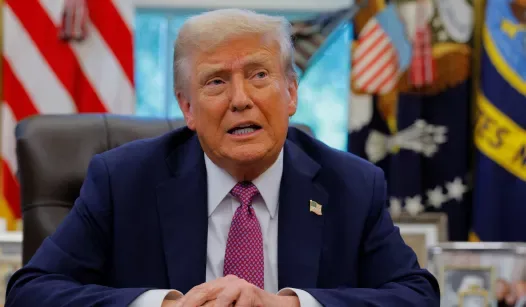In the ever-evolving landscape of U.S.-China relations, former President Donald Trump faces a critical juncture. As he navigates the complexities of his second term, there is a pressing need for him to recapture the clarity and conviction that characterized his initial presidency. The challenges presented by China are multifaceted, ranging from trade disputes to geopolitical tensions, and require a robust and coherent strategy.
During his first term, Trump adopted a confrontational approach towards China, implementing tariffs and calling out unfair trade practices. This assertiveness resonated with many Americans who felt the economic impact of globalization and the rise of China as a global superpower. However, as his second term progresses, there appears to be a shift in tone and strategy that raises concerns about the effectiveness of his policies.
The current political climate is marked by a sense of uncertainty, both domestically and internationally. With the upcoming elections and a divided Congress, Trump must navigate these waters carefully. The perception of weakness or confusion in his approach to China could undermine his standing with voters who prioritize a strong national defense and economic resilience.
To effectively confront China, Trump must articulate a clear vision that not only addresses trade imbalances but also considers broader issues such as human rights, cybersecurity, and military expansion in the South China Sea. This comprehensive strategy should resonate with both his base and moderates who seek stability in U.S. foreign policy.
Moreover, engaging with allies is crucial. Strengthening partnerships with countries that share concerns about China’s rise can amplify U.S. influence and create a united front. Multilateral approaches, such as working through organizations like NATO and the Quad, can enhance collective security and economic cooperation.
As Trump reassesses his stance on China, he must also be wary of the domestic implications of his policies. Voter sentiment is increasingly shaped by economic realities, and any perceived failure to address these issues could have electoral consequences. Therefore, a balanced approach that combines assertiveness with diplomacy is essential.
In conclusion, Trump’s retreat from his earlier confrontational stance towards China presents both challenges and opportunities. By rediscovering the clarity and conviction of his first term, he can formulate a strategy that not only addresses immediate concerns but also positions the United States for long-term success in the face of a rising China. The stakes are high, and the time for decisive action is now.
